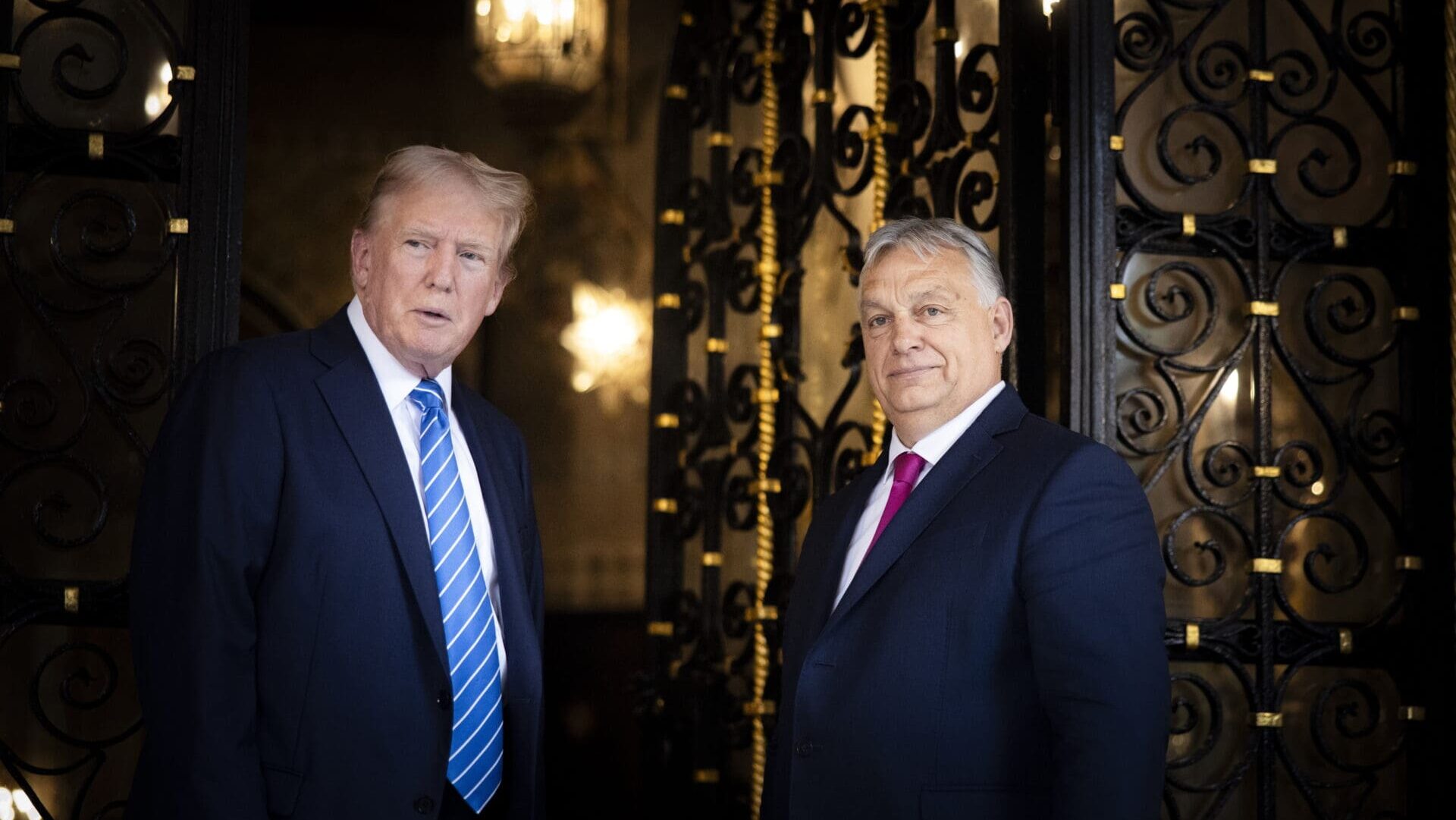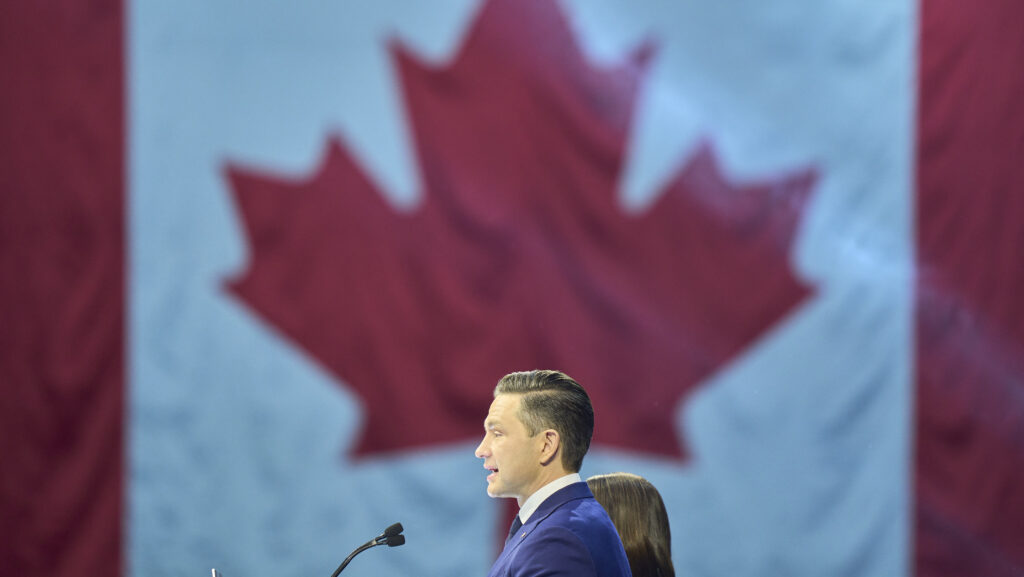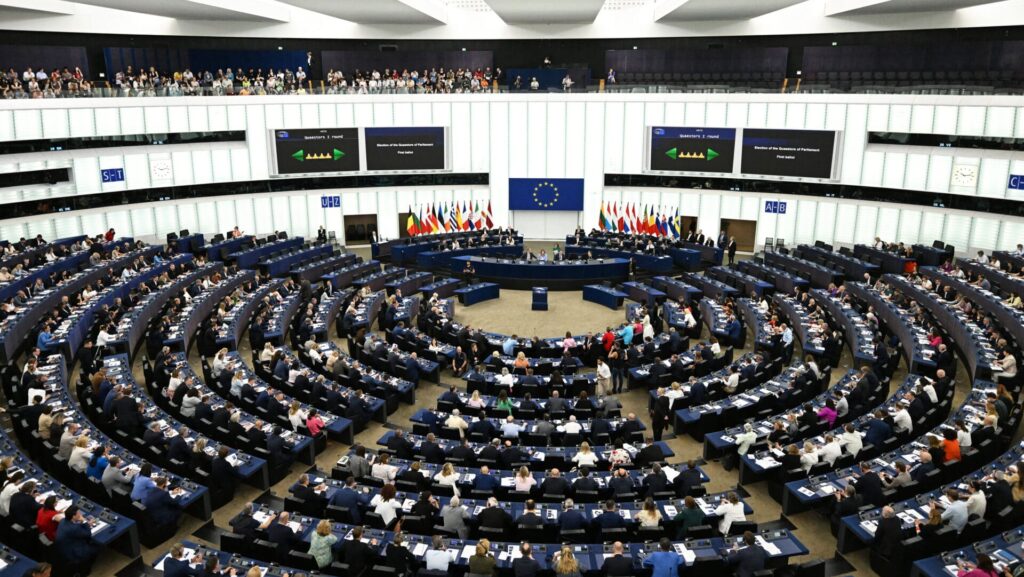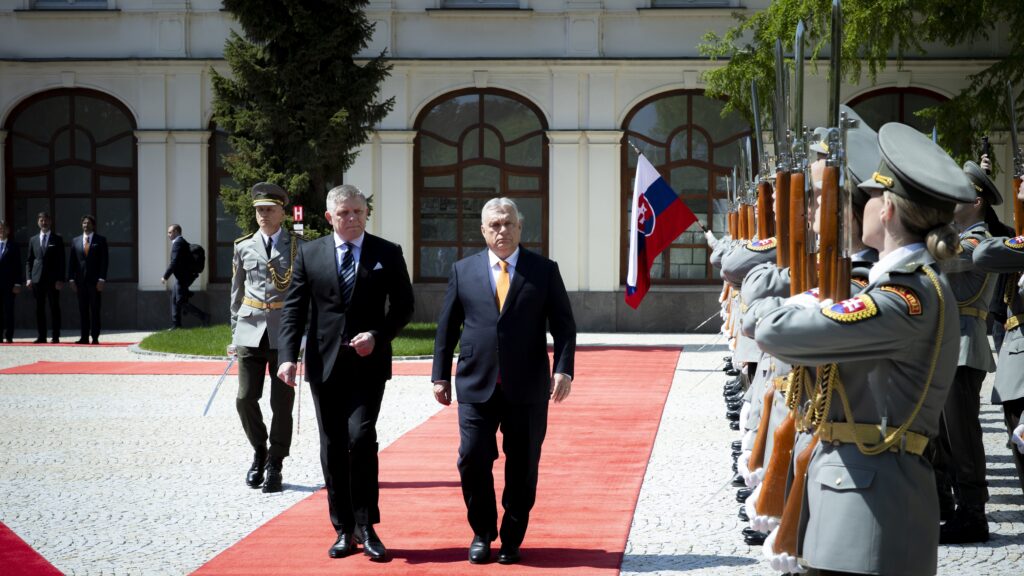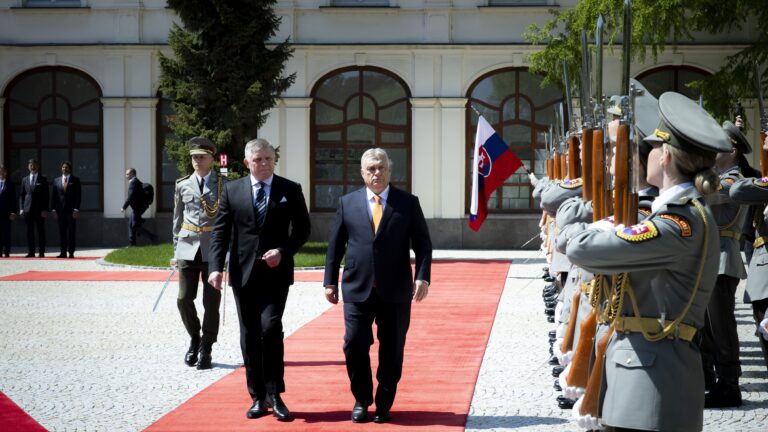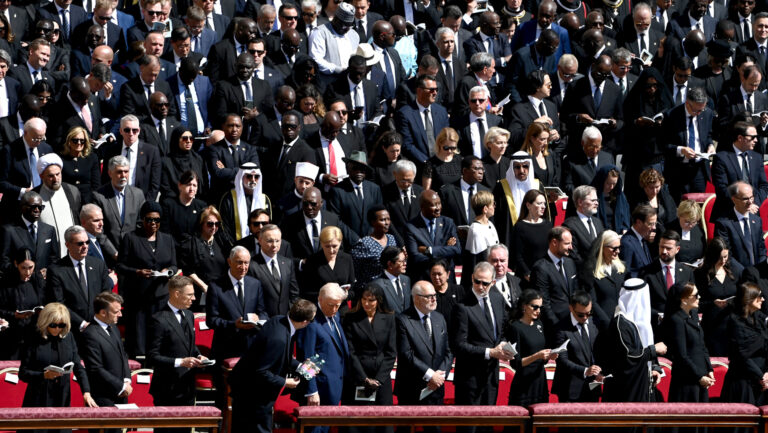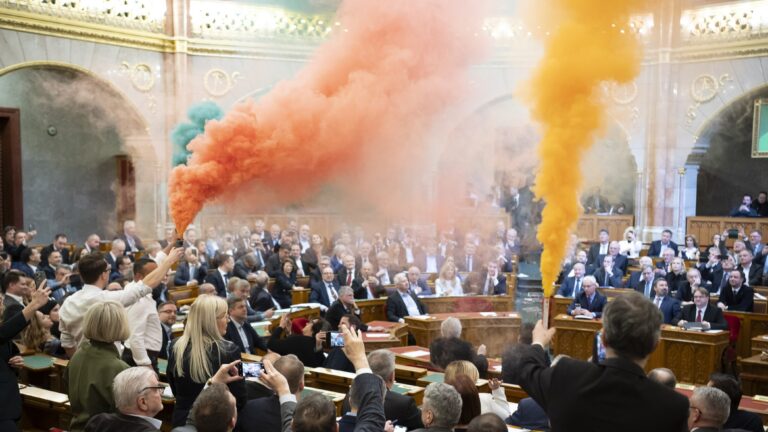29 April marks the end of the first 100 days of US President Donald Trump’s second presidency. After taking office on 20 January, Trump immediately set to work fulfilling his promises to the American electorate—while simultaneously dismantling the remaining structures of the failed liberal world order. As one of the closest allies of the US President, Hungary, along with Prime Minister Viktor Orbán, eagerly awaited Trump’s return to the White House. Now, as 100 days have passed, we take a look at how this change has affected Hungary.
Into the Golden Age of Hungarian–US relations
During former President Joe Biden’s tenure, Hungarian–US relations reached a historic low. The Democratic administration, motivated primarily by ideological considerations, introduced measures aimed at destabilizing Hungary and ultimately removing Viktor Orbán from power. That campaign was led by former US Ambassador to Hungary David Pressman, who repeatedly used his mandate to interfere in Hungary’s domestic affairs. From supporting opposition figures and their affiliated media to launching paid social media ad campaigns discrediting Hungarian government policies, Pressman’s methods were extensive. During his tenure, the US unilaterally terminated the double taxation treaty between the two countries—an agreement dating back to 1979. In the final days of their rule, the Biden administration placed Chief of Staff to the Hungarian Prime Minister Antal Rogán under sanctions, barring him from entering the United States.
The first 100 days of Trump’s second presidency saw the beginning of an accelerated and meaningful improvement in Hungarian–US relations. Hungarian Minister for Foreign Affairs and Trade Péter Szijjártó was among the first EU officials to speak with Secretary of State Marco Rubio by phone in January. In February Szijjártó visited Washington, where he met Treasury Secretary Scott Bessent, and in March he met Rubio in person—while the European Union’s foreign policy chief Kaja Kallas waited outside Rubio’s office for a meeting that never materialized. Meanwhile, Orbán maintained frequent contact with Trump and reportedly had several phone calls with him.
The talks between Hungarian and US officials focused on reversing the punitive measures introduced by the Biden administration, including the reinstatement of the double taxation treaty and the lifting of sanctions on Rogán. They also discussed areas where Hungarian–US cooperation could be strengthened. As a sign of improving relations, the US Treasury Department announced in April that Rogán had been removed from the sanctions list.
While the position formerly held by David Pressman remains vacant, a new head of mission arrived at the US Embassy in Budapest on 7 March. Senior US diplomat Robert Palladino was appointed Chargé d’Affaires ad interim. His first weeks in office were marked by intense activity and constructive meetings with various figures in Hungary’s public sphere, including government officials. Palladino repeatedly stated that the close personal relationship between Orbán and Trump could usher in a potential ‘golden age’ in Hungarian–US relations and highlighted critical areas of cooperation, including nuclear energy and defence.
While there is still room for progress, the improvement in relations thus far is undeniable and appears to be proceeding as planned. However, certain developments have yet to materialize—most notably, the long-anticipated Hungarian–US economic deal repeatedly referenced by Viktor Orbán, and the formal appointment of a new US ambassador.
Peace in Ukraine Is Still Distant
Donald Trump’s main campaign promise was to end the war in Ukraine by brokering a lasting peace agreement between Kyiv and Moscow. This represented a 180-degree shift in Washington’s Ukraine policy, which under Biden consisted of unconditional support—both financial and military—for Ukraine. It also entailed severing diplomatic and communication channels with Russia and rejecting any proposals for peaceful resolution.
Trump’s stance on the war aligns closely with that of Orbán. Since the outbreak of the conflict, Hungary has stood virtually alone within the Western alliance as an advocate for peace and negotiations—a position that placed Budapest at the centre of relentless attacks from Brussels and pressure from the EU’s pro-war majority. Orbán has consistently emphasized the importance of keeping communication channels open, noting that diplomacy is ultimately the only way to resolve conflicts. Hungary has not cut ties with Russia and continues to maintain a pragmatic relationship with Vladimir Putin’s government—a stance Trump reasserted upon returning to office.
In February the US President announced that peace talks would begin immediately. Negotiations subsequently commenced in Saudi Arabia between Russian and American delegations. Though initial concerns arose that Ukraine would be excluded, a Ukrainian delegation soon met with American counterparts in Saudi Arabia as well.
A major breakthrough occurred in early April, when Moscow and Kyiv—through separate agreements with Washington—reached an accord on a maritime and energy ceasefire. However, the fragility of the process has become evident, as both sides have accused each other of breaching the agreement. Several additional ceasefires have since been announced, notably for Easter and most recently for Victory Day (8–11 May).
At the outset of negotiations, US special envoy Keith Kellogg stated that the administration expected to achieve tangible results within the first 100 days. Yet peace still appears distant. In recent days both Russia and Ukraine have signalled a willingness to negotiate without preconditions, responding to increasing pressure from Washington. Nevertheless, there remains a possibility that the United States could withdraw from negotiations and instead escalate military support for Ukraine and sanctions against Russia.
Dismantling the Liberal World Order
One of Trump’s first executive orders included the United States’ withdrawal from the World Health Organization (WHO), along with the imposition of sanctions on International Criminal Court (ICC) prosecutors. Both institutions form part of the structural framework of the long-dominant liberal world order, which Trump is now systematically dismantling. According to PM Orbán, Hungary has been preparing for this moment since 2008, when the financial crisis struck the European Union.
Political director to the Prime Minister Balázs Orbán is one of the main ideologists behind Hungary’s grand strategy for the emerging world order, which many experts believe will be multipolar. A new world order, however, requires new structures and frameworks—as well as the dismantling of outdated ones.
Hungary announced its withdrawal from the ICC on 3 April, coinciding with a four-day official visit to Budapest by Israeli Prime Minister Benjamin Netanyahu. The ICC had issued an arrest warrant for Netanyahu in November 2024 over alleged war crimes and crimes against humanity in Gaza.
The United States’ shift in global posture gives Hungary greater room to manoeuvre and new momentum for the European right to challenge one of the liberal order’s strongest institutional structures: the European Union. While right-wing forces have grown in strength across the continent in recent years, they still remain in the minority within the EU. That is expected to change, prompting long-overdue reforms to finally take shape.
No Ideology-Based Interventionist Foreign Policy
On 22 April Marco Rubio announced a sweeping restructuring of the State Department, including a 15 per cent reduction in staff and the closure or consolidation of over 100 bureaus worldwide, as part of the Trump administration’s ‘America First’ mandate. According to the Associated Press, the plan involves reducing 734 offices and bureaus to 602, and relocating 137 to other departmental locations to increase efficiency.
Reducing federal spending and implementing the America First doctrine were key reasons behind the early move to dismantle the US Agency for International Development (USAID). Under the direction of billionaire Elon Musk, the Department of Government Efficiency (DOGE) purged USAID—an agency widely regarded as an extension of the CIA and labelled America’s ‘regime change machine’. Trump and Musk exposed a global USAID-funded network of media outlets and NGOs promoting liberal-progressive agendas and targeting sovereigntist, right-wing governments with the aim of destabilization.
This network was particularly active in Eastern Europe, including Hungary, where billions of dollars in USAID grants flowed to opposition-aligned media outlets and NGOs critical of Viktor Orbán’s government. Top recipients included Direkt36, Átlátszó, Klubrádió, and others. USAID also played a key role in attempts to influence Hungary’s 2022 parliamentary elections, when, according to intelligence reports, millions of US dollars were channelled to the opposition via a Washington-based NGO, Action for Democracy.
The exposure of this network prompted the Hungarian government to tighten its sovereignty protection measures through constitutional amendments, including new rules allowing for the suspension of Hungarian citizenship for individuals with dual nationality (excluding those from EU countries with guaranteed free movement), under conditions defined by cardinal law. Although group-based suspension remains prohibited, such measures allow for temporary individual revocations.
The government also appointed András László as government commissioner for investigating USAID funding in Hungary. He travelled to Washington to examine how grants were channelled to Hungarian entities. According to László, the findings may have legal implications.
Trump’s Trade War and an Unexpected Opportunity
On 2 April—Liberation Day—Trump announced reciprocal tariffs on over 150 countries, primarily targeting China, Vietnam, Canada, Mexico, and the European Union. The objective is to offset trade deficits the US has accumulated over decades. Following a shock to global stock markets, Trump declared a 90-day pause on most tariffs, during which countries could negotiate new bilateral trade terms. Tariffs on China remained in place and now reach as high as 145 per cent.
The EU was hit with 20 per cent tariffs, negatively impacting Hungary. Projections estimate a 0.5 percentage point decline in Hungarian GDP should the tariffs resume after the pause. The measures specifically target the automotive sector, a cornerstone of Hungary’s economy, which is closely tied to Germany’s car industry. The Hungarian government blamed the EU for failing to take tariff negotiations seriously and for not proposing a viable alternative to reach an agreement with the US.
Meanwhile, Hungary has built close economic ties with China in recent years. Under its Eastern Opening policy, the government diversified trade relations and welcomed Eastern, mainly Chinese investment. Hungary has become a hub for Chinese companies entering EU markets, with firms like BYD and CATL establishing factories in the country. In 2024 Budapest and Beijing upgraded relations to an all-weather comprehensive strategic partnership.
This now places Hungary in a delicate position. The Trump administration has made it clear from the outset that it views China as the number one strategic adversary and is willing to take bold steps to halt its rise. Hungary has staked its position on economic neutrality, seeking to act as a bridge between East and West. However, many believe this stance is becoming increasingly precarious. Palladino recently stressed that while Washington respects national sovereignty in trade and investment decisions, it also insists on clear-eyed assessments of strategic risks. ‘President Trump is clear: China poses strategic challenges to the United States and our allies—challenges that require vigilance, transparency, and unity,’ he stated.
Nonetheless, Trump’s tariff policy has unexpectedly elevated Hungary’s economic role in Brussels’ eyes. The EU has long criticized Orbán’s Eastern Opening, but in the face of a potential trade war with the US, it may now benefit from Hungary’s ties with China. Signs of rapprochement between Brussels and Beijing have already emerged since 2 April and could become more pronounced in the coming months, as both parties seek to mitigate the impact of US tariffs. This development could position Hungary as a vital player in the EU’s economic strategy and give Viktor Orbán a powerful trump card over Brussels.
Related articles:

